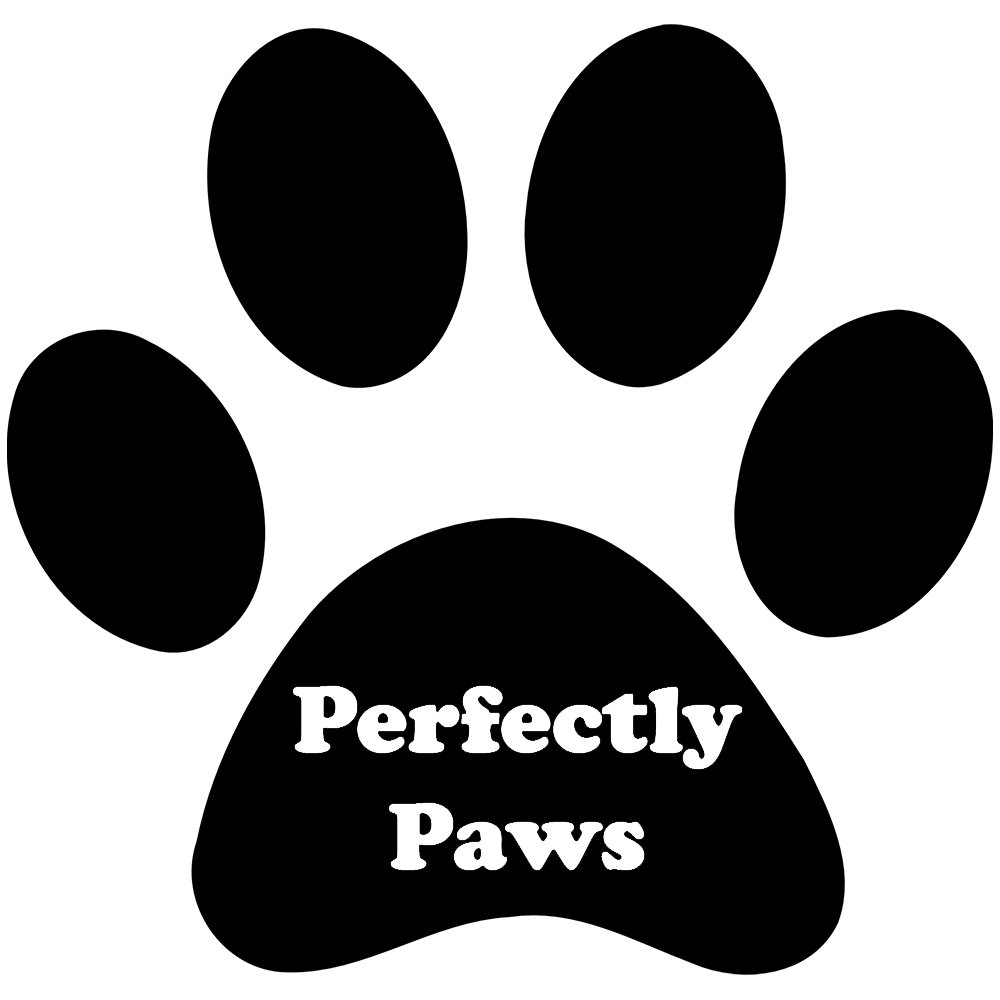The image of a dog with a wagging tail is almost universally understood as a sign of happiness, excitement, and friendliness. While often true, this charming canine gesture is far more complex than simple joy. A wagging tail is just one fascinating component of your dog’s intricate communication system, and truly understanding what your furry friend is trying to tell you requires observing the entire tail, its movement, its height, and crucially, the rest of their body language.
Think of the tail as a nuanced barometer of your dog’s emotional state. It’s not just that it’s wagging, but how it’s wagging that provides vital clues.
Beyond the Wag: Key Components to Consider
To become a master at decoding your dog’s tail, pay attention to these elements:
- Speed of the Wag:
- Fast Wag: High excitement, arousal, or intense emotion (can be positive or negative).
- Moderate Wag: General happiness, relaxed interest.
- Slow Wag: Uncertainty, caution, indecision, or a polite greeting.
- Amplitude or Range of the Wag:
- Wide, Sweeping Wag (Full Body Wag): Generally means extreme happiness, friendliness, and a desire to interact. The whole back end might wiggle.
- Slight, Small Wag (Often just the tip): Can indicate focus, curiosity, alertness, or mild interest.
- Tail Position/Height:
- High Tail: Confidence, alertness, arousal, or even aggression. A very stiff, high tail can indicate a challenge or warning.
- Neutral/Natural Position: A relaxed and comfortable dog. This position varies by breed (e.g., a Labrador’s neutral tail is different from a Pug’s).
- Low Tail: Submission, nervousness, anxiety, or feeling unwell.
- Tail Tucked Between Legs: Fear, extreme submission, significant anxiety, or pain. This is a clear sign of distress.
- Direction of the Wag (The Science Bit):
- Emerging research suggests that the direction of the wag can also convey emotion. When viewed from behind the dog:
- Right-Biased Wag: Often linked to positive emotions and approaches (e.g., seeing their owner).
- Left-Biased Wag: Can be associated with negative emotions, withdrawal, or seeing something perceived as a threat (e.g., an unfamiliar, dominant dog).
- Emerging research suggests that the direction of the wag can also convey emotion. When viewed from behind the dog:
- Other Body Language Cues: The tail never tells the whole story alone. Always combine your tail observations with other signals:
- Ears: Forward (alert), flattened (fear/aggression), relaxed.
- Eyes: Dilated pupils (fear/excitement), soft gaze (relaxed), hard stare (challenge).
- Mouth: Relaxed, panting, curled lips (aggression), yawning (stress).
- Posture: Loose and relaxed, stiff and tense, crouched, hackles raised.
Common Tail Wag Scenarios & What They Mean
Let’s put it all together with some common examples:
- The “Happy Dance” (High, Fast, Wide Wag with a Loose Body): This is the quintessential joyful greeting. The dog’s entire body might wiggle, ears are relaxed, mouth might be open in a “grin.” They are thrilled to see you and want to engage.
- The “I’m Curious” Wag (Mid-Level, Small, Fast Wag with Alert Ears): The dog is assessing a situation. They might see something new or hear an interesting sound. Their body is generally still, ready to react.
- The “I’m Worried” Wag (Low, Slow Wag, often tucked slightly, with Cowering Body): This indicates submission, nervousness, or insecurity. The dog might avoid eye contact, have flattened ears, or be trying to make themselves look smaller.
- The “Don’t Come Near Me” Wag (High, Stiff, Barely Moving or Vibrating Wag, often combined with a Stiff Body, Hard Stare, and Raised Hackles): This is a serious warning sign of arousal and potential aggression. The dog is on alert and could be preparing to defend itself.
- The “Please Love Me” Wag (Low, Moderate Wag, often with a Crouched Body): This is often a sign of appeasement or seeking reassurance, particularly from a dominant figure. They might expose their belly or lick your hands.
Learning Your Dog’s Unique Language
Every dog is an individual, and their communication style will have unique quirks. The best way to become fluent in your dog’s tail language is to spend time observing them in various situations. Pay attention to their whole body, not just the wag. Learn to differentiate their “happy” wag from their “nervous” wag, and their “alert” wag from their “playful” wag.
By taking the time to truly decode these subtle yet powerful signals, you’ll not only strengthen your bond but also better understand their needs, fears, and joys, ensuring a safer and happier life for your beloved canine companion.




